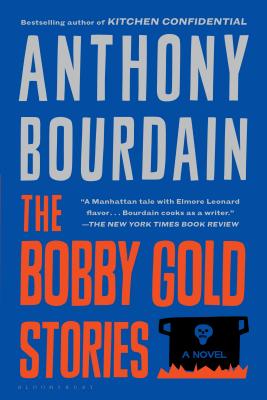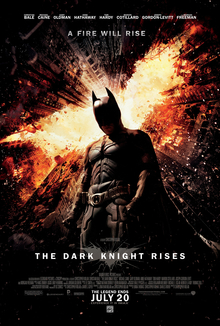Fresh out of prison (where he earned a fearsome reputation),
Bobby Gold (nee Goldstein) reluctantly goes to work as an enforcer for his
childhood friend, small-time gangster Eddie. Bobby wants another life for
himself, but loyalty and limited options stand in his path. Could Nikki, a
sassy chef in the club Eddie owns, be the answer?
Anthony Bourdain is best known as a bon vivant in the
culinary world, but he has written fiction before. In fact, 2001’s The Bobby
Gold Stories represents his third book of fiction. You wouldn’t know that from
reading it though. A raw, clipped narrative, it reads like the work of a new
author struggling to find his bearings.
This isn’t to say that Bourdain is a terrible writer per say.
An experienced world traveler, he shows a great eye for local color. Whether it’s
a busy restaurant kitchen, the New York club scene, or an exotic Asian locale,
the settings are brought to life in vibrant, bustling detail. The dialogue is
colorful as well and funny at times, though not as consistently successful.
While the banter is snappy, its exaggerated profanity seems inauthentic, and
there are some laughably bad lines (“He’s not one of us! He’s not a cook!”)
along the way.
Perhaps the dialogue would be easier to appreciate if we were
given some reason to care about the characters. We aren’t, though, and we are
left feeling like we’ve seen them all before. Bobby’s “tough guy with a heart”
shtick is old, Nikki’s instant attraction to him is conveniently contrived, no
reason is given for the repulsive Eddie being able to hold onto power as long
as he has, and the Mafiosi behind it all are walking clichés.
Having predictable characters naturally leads to predictable
plotting. While there is no dead weight here, there is also nothing to grip us
and no sense of surprise. The novel is presented as a series of short, breezy
third-person vignettes that ultimately don’t add up to much. Obviously, Bobby
can’t just make changes to his life; that would be too easy. No, in Bourdain’s
world, such change has to come from without: a police tip, an encouraging
girlfriend, some “missing” money, etc. James Sallis tackled many of these same
themes and plot devices in Drive, but
he was able to wring a lot more resonance out of a spare style and a familiar
narrative.
As a quick read, The Bobby Gold Stories is a page-turner that
is just passable enough to not put down. Try as he may to serve up something
hard-boiled besides eggs, it is clear from reading this that Bourdain should
stick to the kitchen.
5.75/10



